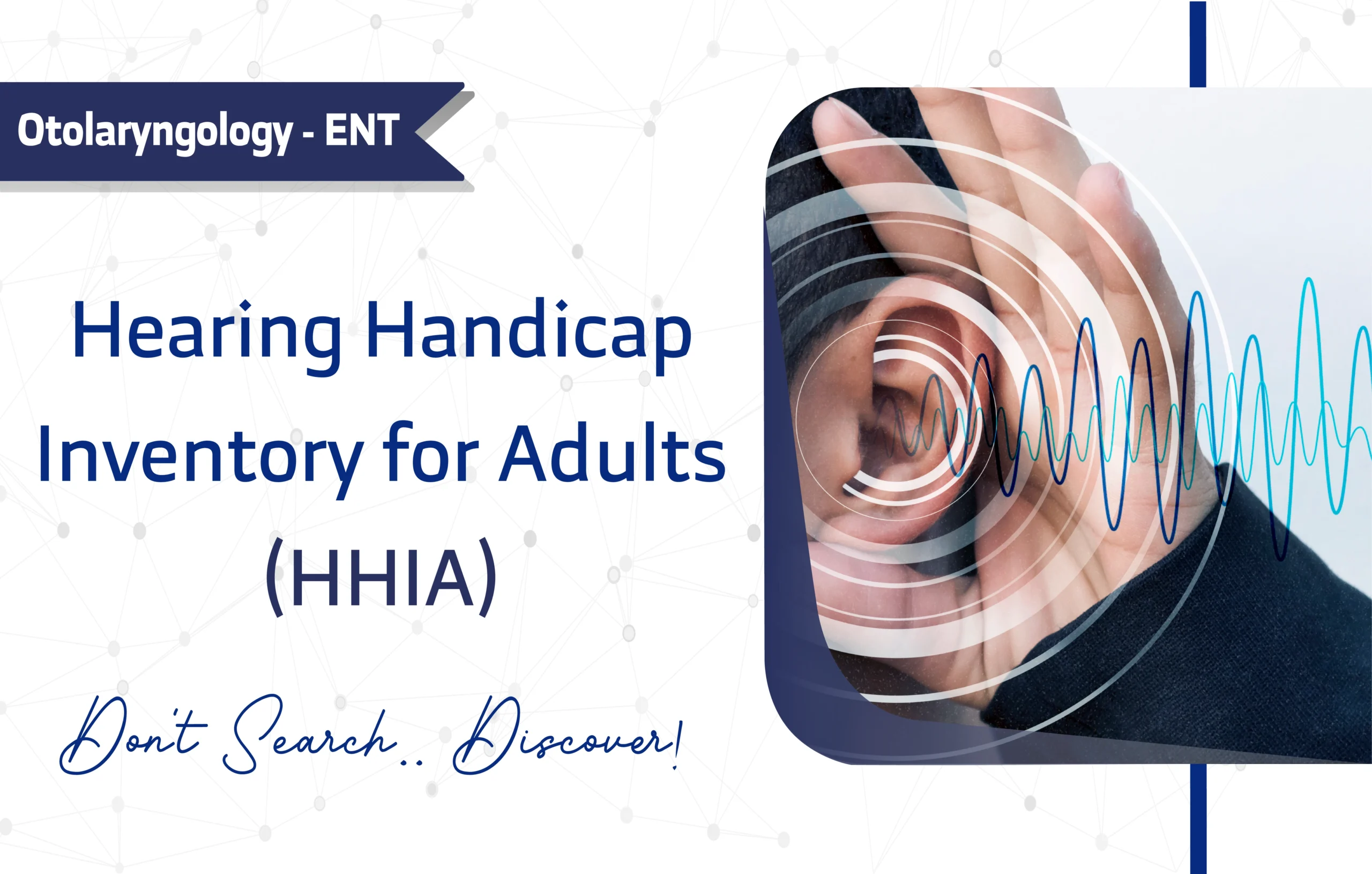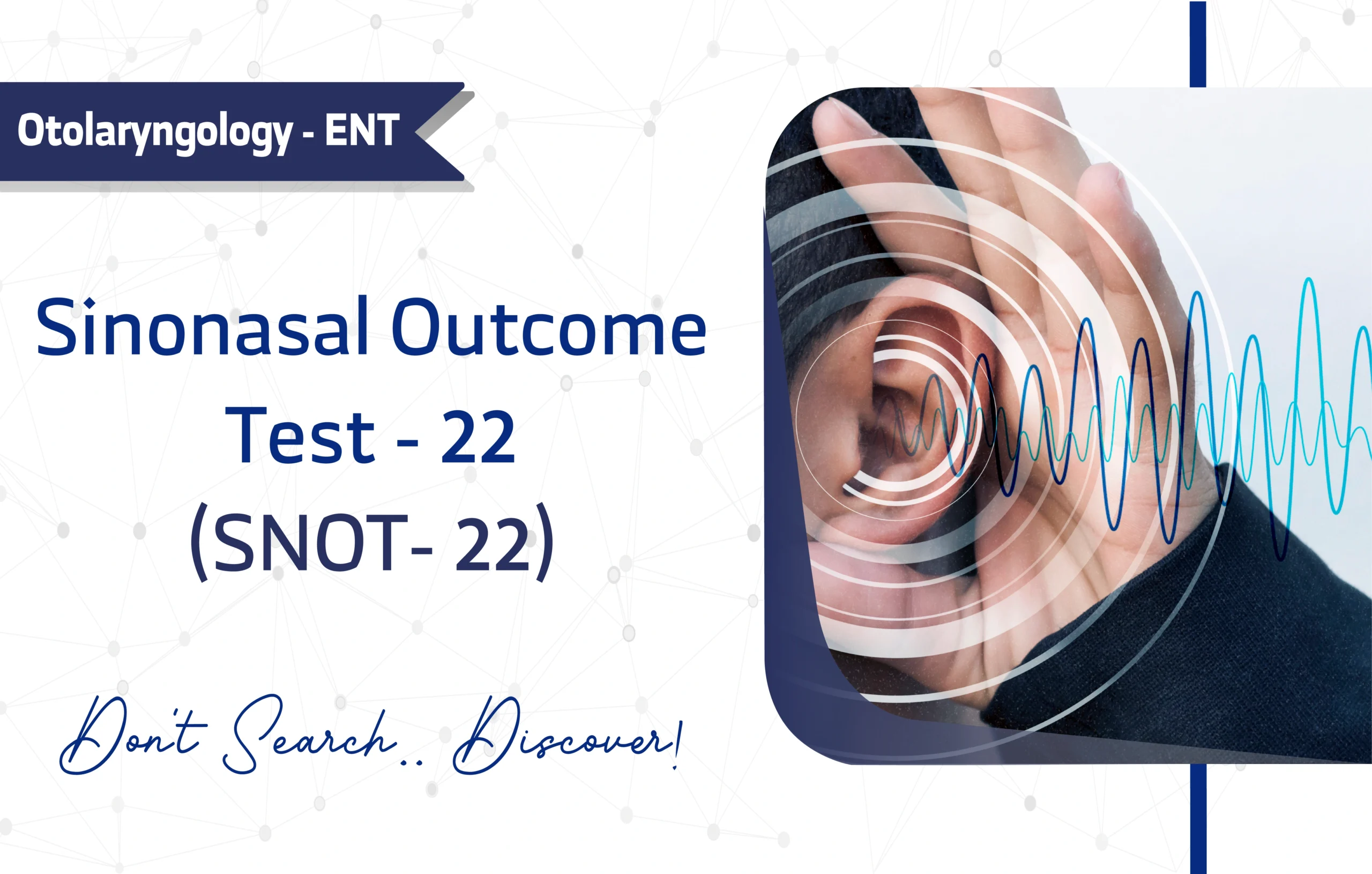Introduction
Peripheral arterial disease (PAD) significantly impacts patients’ quality of life, affecting daily activities, emotional well-being, and social interactions. The Vascular Quality of Life Questionnaire (VascuQoL-6), developed in 2014 by Joakim Nordanstig, Christine Wann-Hansson, Jan Karlsson, Mats Lundström, Monica Pettersson, and Mark B. Morgan, addresses this challenge. With 139 citations on Google Scholar, this concise tool, derived from the longer VascuQoL-25, has become a cornerstone for assessing health-related quality of life in PAD patients. Consequently, it empowers researchers and clinicians to evaluate treatment outcomes and disease progression effectively.
In this article, we dive into the VascuQoL-6’s features, applications, and value for experts in vascular medicine, offering a practical guide for its use in clinical and research settings.
Key Features of the Vascular Quality of Life Questionnaire (VascuQoL-6)
Purpose and Use
The VascuQoL-6 is purpose-built to measure the impact of PAD on patients’ quality of life. Specifically, it assesses five key domains: activity, pain, symptoms, emotional well-being, and social aspects. As a result, it provides a comprehensive yet concise snapshot of how PAD affects patients, making it ideal for clinical diagnostics and research studies evaluating treatment efficacy.
Target Population
The VascuQoL-6 is designed for adults with PAD, with validation data based on patients with a mean age of 69 years (range: 54–80). Primarily targeting older adults (45–64 years) and seniors (65+ years), it aligns with the demographic most affected by PAD, ensuring relevance in clinical practice.
Structure
With only six items, the VascuQoL-6 is streamlined yet robust, covering the following sub-domains:
- Activity: Limitations in daily tasks due to PAD.
- Pain: Severity of PAD-related discomfort.
- Symptoms: Physical manifestations like claudication.
- Emotional: Psychological effects, such as anxiety or frustration.
- Social: Impact on social relationships and interactions.
Each item uses a 4-point Likert scale (1 to 4), ensuring ease of use while capturing nuanced patient experiences.
Scoring Method
The VascuQoL-6 employs a straightforward scoring system. Each of its six items is scored on a 4-point Likert scale, yielding a total score ranging from 6 to 24, where higher scores indicate better quality of life. Although no standardized cut-off scores exist, a 2-point change is considered indicative of improvement or decline, while a 4-point change signifies a significant shift. This system allows clinicians to monitor patient progress and researchers to quantify treatment outcomes effectively.
Administration Format
The VascuQoL-6 takes less than 5 minutes to administer, making it highly efficient. It can be conducted via:
- Paper-based forms
- Digital (Online) platforms
- In-person interviews
Its self-administered format, requiring no specialized training, enhances its practicality for busy clinical environments.
Applications of Vascular Quality of Life Questionnaire (VascuQoL-6)
The VascuQoL-6 serves multiple roles in vascular medicine, making it invaluable for experts:
- Screening: Identifies patients with significant quality-of-life impairments due to PAD.
- Monitoring: Tracks changes in quality of life over time, particularly post-intervention.
- Treatment Planning: Guides clinicians in designing patient-centered interventions.
- Research: Supports clinical trials by providing reliable patient-reported outcomes.
Its concise format ensures it fits seamlessly into busy clinical workflows while delivering robust data for research.
Languages and Availability
To support global research, the VascuQoL-6 is available in multiple languages, including:
- English
- French
- German
- Portuguese
- Swedish
- Norwegian
- Romanian
This multilingual accessibility facilitates its use in diverse populations, enhancing its utility in international studies.
The VascuQoL-6 is open access for non-commercial use, making it freely available for academic and clinical purposes, ensuring accessibility for researchers and clinicians without financial barriers. This cost structure supports widespread adoption in diverse settings.
Reliability and Validity
The VascuQoL-6 boasts high reliability and validity, with Cronbach’s alpha values of 0.85 before intervention and 0.94 after intervention, reflecting strong internal consistency. Additionally, its validation, detailed in a 2014 study by Nordanstig et al. in the Journal of Vascular Surgery, confirms its sensitivity to changes in PAD severity. Thus, it is a trusted tool for longitudinal studies and clinical trials.
Validation Study:
- Original Validation Study (link)
Limitations and Considerations
However, despite its strengths, the VascuQoL-6 has a few limitations:
- Self-report Measure: Respondents may be influenced by social desirability bias or personal interpretation.
- Cultural Bias: Cultural adaptations may be needed for certain populations to ensure relevance.
- Language Barriers: The lack of availability in multiple languages may limit its use in certain populations.
Other Versions and Related Questionnaires
- Alternative Versions of VascuQoL-6
The VascuQoL-6 is a condensed version of the Vascular Quality of Life Questionnaire – 25 Items (VascuQoL-25), designed to reduce respondent burden while maintaining validity. The longer version may be suitable for studies requiring a more detailed assessment of PAD’s impact.
- Complementary Questionnaires
Several tools complement the VascuQol-6, including: Vascular Quality of Life Questionnaire – 25 Items (VascuQoL-25), 36-Item Short Form Health Survey (SF-36), Walking Impairment Questionnaire (WIQ), Peripheral Arterial Disease Quality of Life Questionnaire (PAD-QoL).
Additional Resources
For more information on the VascuQoL-6 and to access the full questionnaire, visit the following resources:
- Access the questionnaire: VascuQoL-6 PDF
- Contact: Dr. Mark B. Morgan at mark.morgan@bopdhb.govt.nz and Dr. Joakim at joakim.nordanstig@vgregion.se
Frequently Asked Questions (FAQ)
- Who can use the VascuQoL-6?
Clinicians, researchers, and healthcare providers use the VascuQoL-6 for adult PAD patients, typically aged 54–80 years. - How long does it take to complete the VascuQoL-6?
It takes less than 5 minutes to complete, making it practical for clinical and research settings. - How is the VascuQoL-6 administered?
It can be administered via paper-based, digital formats or interview (in-person), offering flexibility for various environments. - Is there any cost to using the VascuQoL-6?
The VascuQoL-6 is free for non-commercial use, with permission required for commercial purposes.
A word from ResRef about Vascular Quality of Life Questionnaire (VascuQoL-6)
Vascular Quality of Life Questionnaire (VascuQoL-6) offers a streamlined approach to evaluating the quality of life in PAD patients, facilitating its integration into both clinical practice and research settings. Whether you are a researcher evaluating disease impact or a clinician improving patient care, the VascuQoL-6 reveals critical areas that need attention. Consequently, it leads to better outcomes and informed treatment decisions.
References
- Nordanstig J, Wann-Hansson C, Karlsson J, Lundström M, Pettersson M, Morgan MB. Vascular Quality of Life Questionnaire-6 facilitates health-related quality of life assessment in peripheral arterial disease. J Vasc Surg. 2014 Mar;59(3):700-7. doi: 10.1016/j.jvs.2013.08.099. Epub 2013 Dec 15. PMID: 24342060. (link)









3 thoughts on “Vascular Quality of Life Questionnaire (VascuQoL-6): A Full Guide for Researchers and Clinicians”
some really interesting information, well written and broadly user genial.
The intriguing discovery reported in the results section was unexpected and significant for the field. Were any additional exploratory analyses conducted to verify the robustness of this newly discovered phenomenon? This is an opportunity to move beyond conventional hypotheses.
Thanks for sharing. I read many of your blog posts, cool, your blog is very good.